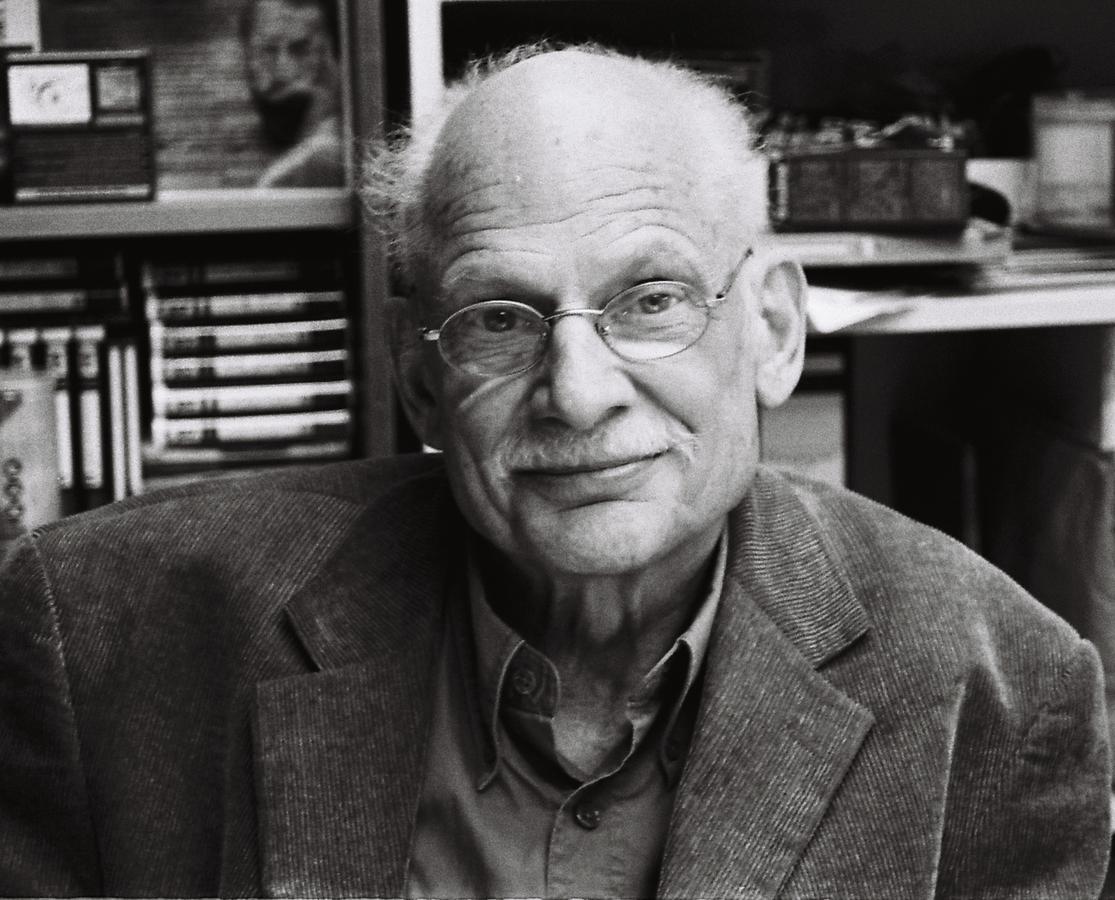Peter Damerow (1939–2011) was a visionary scholar of rare versatility. A key figure in the foundation and early development of the Max Planck Institute for the History of Science, he contributed to fields as wide-ranging as pedagogy, mathematics, philosophy, psychology, Near Eastern studies, as well as the history of knowledge and science. Through his work and his dynamic personality, he shaped the careers of many scholars worldwide. He was a paragon of the engaged scientist, having great sensitivity for political and social concerns and a perceptiveness that also shaped his scholarship. The present volume attempts to capture the vivacity of his ever-curious mind. It comprises contributions by some of his closest companions, colleagues, and friends, most of which were presented at a workshop held in Peter’s honor at the Max Planck Institute for the History of Science in Berlin in December 19–20, 2013. The contributions are organized in four parts, the first three of which cover some of the areas of Peter’s interests: the origins of writing and mathematics; the history of knowledge and science; and societal concerns and the role of information technologies for the humanities. The last part offers a glimpse at his life and also presents the scope of his scholarship with a bibliography of his writings.
Part 1: Early Writing and Abstraction
On the basis of extensive research by Peter Damerow and his colleagues, the first contribution by Jürgen Renn gives an overview of the origin of writing in the wider context of urbanization and early agriculture. Jens Høyrup discusses the cognitive structures inherent in arithmetical practices and their relation to an abstract concept of number. Manfred Krebernik’s contribution is dedicated to an analysis of unusual early cuneiform documents bearing archaic inscriptions and reliefs. Taking up Peter’s ideas about the emergence of writing from accounting practices in Mesopotamia, William Boltz ponders the possible primacy in ancient China of the sexagenary cycle signs over writing representing language. Joachim Schaper presents results of work pursued jointly with Peter on the genesis of the concept of value, comparing Marx’s value theory with empirical results from Mesopotamian studies. In line with Peter’s work on Late Uruk metrologies, Cale Johnson discusses bookkeeping techniques in early Mesopotamia as a link between first and higher order representations in societal activities. Mark Geller raises the question of which inferential structures are relevant to science in ancient Mesopotamia. He thus touches on an issue that was of great importance to Peter Damerow: the distinction between synthetic and analytic methods in the history of science. Florentina Badalanova Geller examines an early corpus of Slavonic para-biblical writings, paying particular attention to astronomical knowledge.
Part 2: History of Knowledge and Material Representations
Katja Bödeker elaborates on a topic that was central to Peter Damerow’s oeuvre: the mutually beneficial relation between developmental psychology and the history of science. Tilman Sauer critically assesses a concrete historical instance of a relation between fundamental physics and developmental psychology, focusing on the concept of time as discussed by Albert Einstein in his work on special relativity and by the Swiss developmental psychologist Jeans Piaget. Matthias Schemmel presents the results of a research project on the long-term history of spatial concepts, which expand on insights from Peter’s work, in particular, on the role of practice for the emergence of abstract concepts. Ursula Klein discusses Peter’s concept of material representation (key to his analysis of the emergence of the number concept from accounting practices) from a semiotic perspective and applies it to the history of chemical notations. Wolfgang Lefèvre discusses the close interplay between practical and pure geometry in the history of knowledge, another of Peter’s intellectual pursuits. Diethelm Stoller presents an early perspective construction by Piero della Francesca as an illustration of Piero’s mathematical ingenuity. Oscar Abdounur discusses the emergence of a concept of real number in the context of the Renaissance scholar Erasmus of Höritz’s mathematical treatment of musical intervals.
Part 3: Societal Challenges and Electronic Visions
Henning Vierck tells the history of the Comenius-Garten, a cultural institution in Berlin-Neukölln. This is a very personal story by Henning, the garden’s founder, and is intimately connected with concerns about education and knowledge in society that were shared to a large extent by Peter. Wulf Schiefenhövel’s contribution deals with the Eipo, an until recently non-literate society in the central highlands of West New Guinea. He explains their rapid appropriation of elements from industrialized societies, focusing on the cognitive implications of this transition. Circe Mary Silva da Silva describes a mathematics textbook for indigenous schools in Brazil which takes the cultural background of indigenous people into account, an approach long advocated by Peter. Mark Schiefsky describes the history and further development of an ingenious software tool that supports research on structured texts, a tool that was co-initiated and developed by Peter. Julia Damerow, Erick Peirson, and Manfred Laubichler present another electronic research tool for the history of science which follows Peter’s visions and was subsequently adapted to the treatment of big data.
Part 4: A Glimpse of His Life
The last part of the volume begins with an obituary by Jürgen Renn that offers a brief sketch of Peter’s life. The contribution by Kristina Vaillant, originally written for a volume on creative figures living in Berlin, gives a portrait of Peter’s working life. The bibliography of Peter’s wide-ranging publications was compiled by Anke Pietzke. Lindy Divarci curated the editorial work on this volume. We are grateful for their valuable support.

